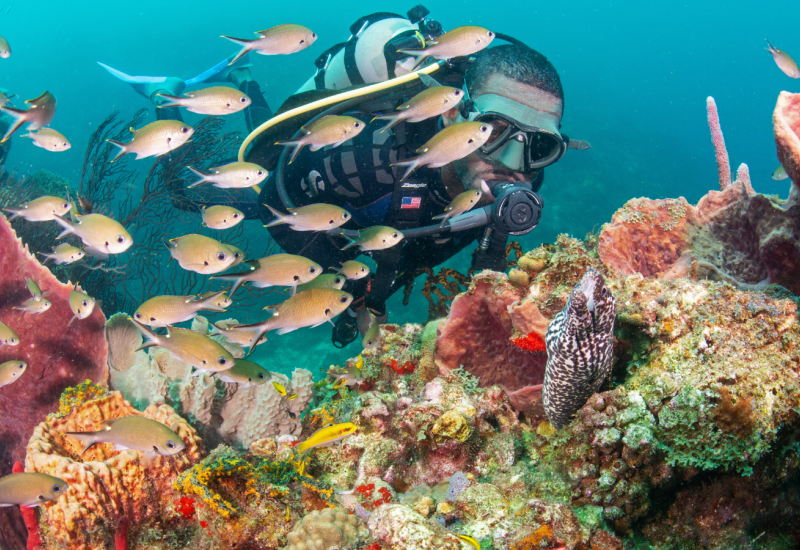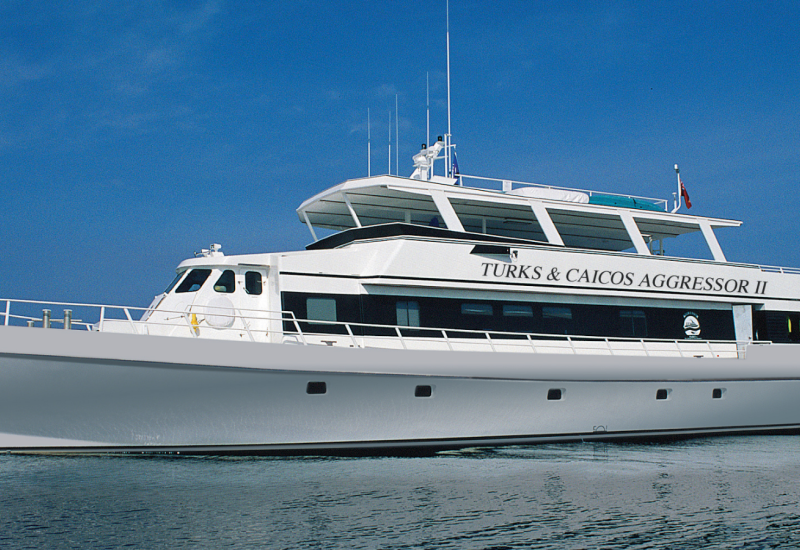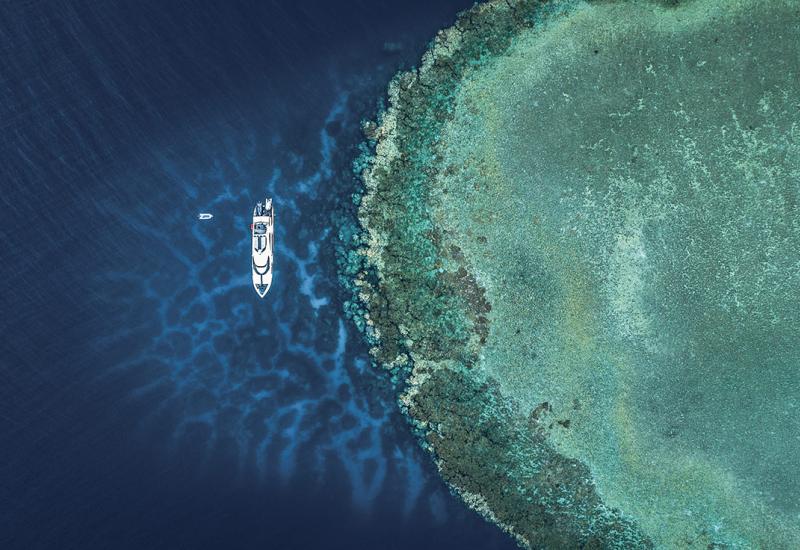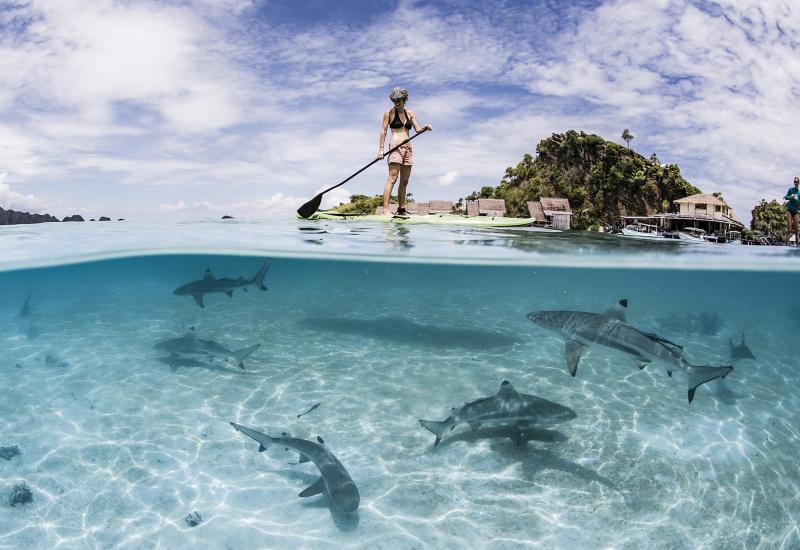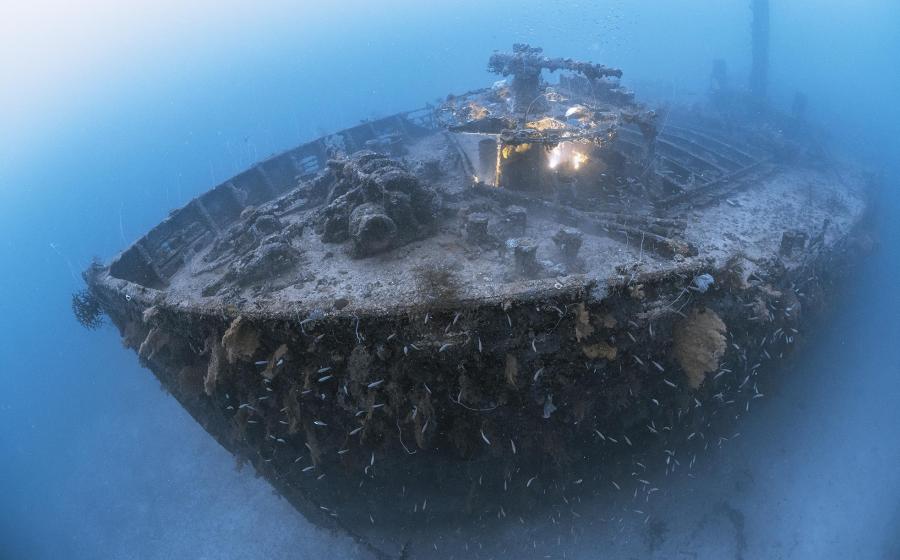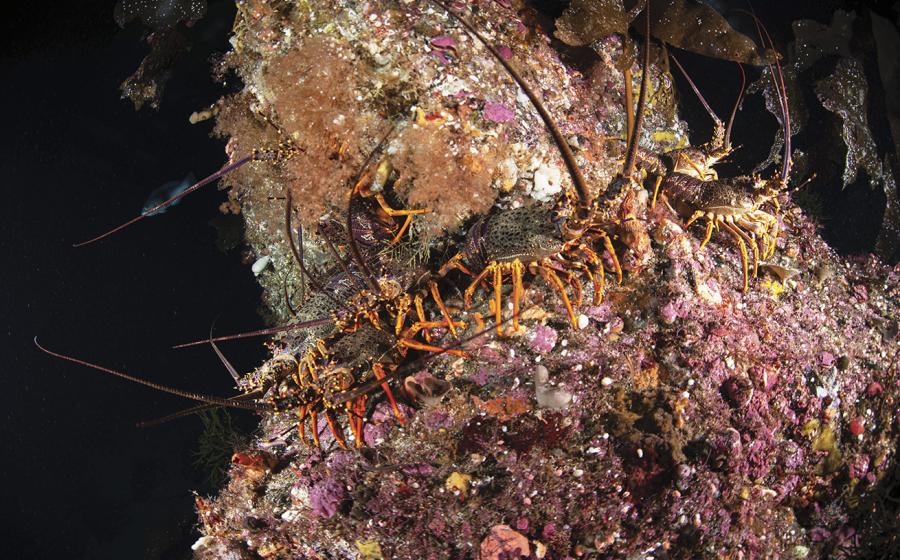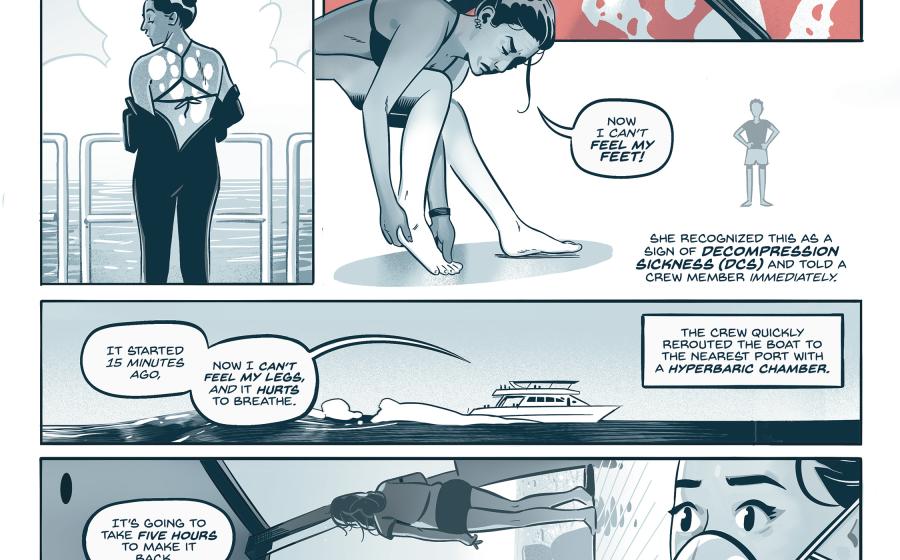Diving Dusky and Breaksea Sounds
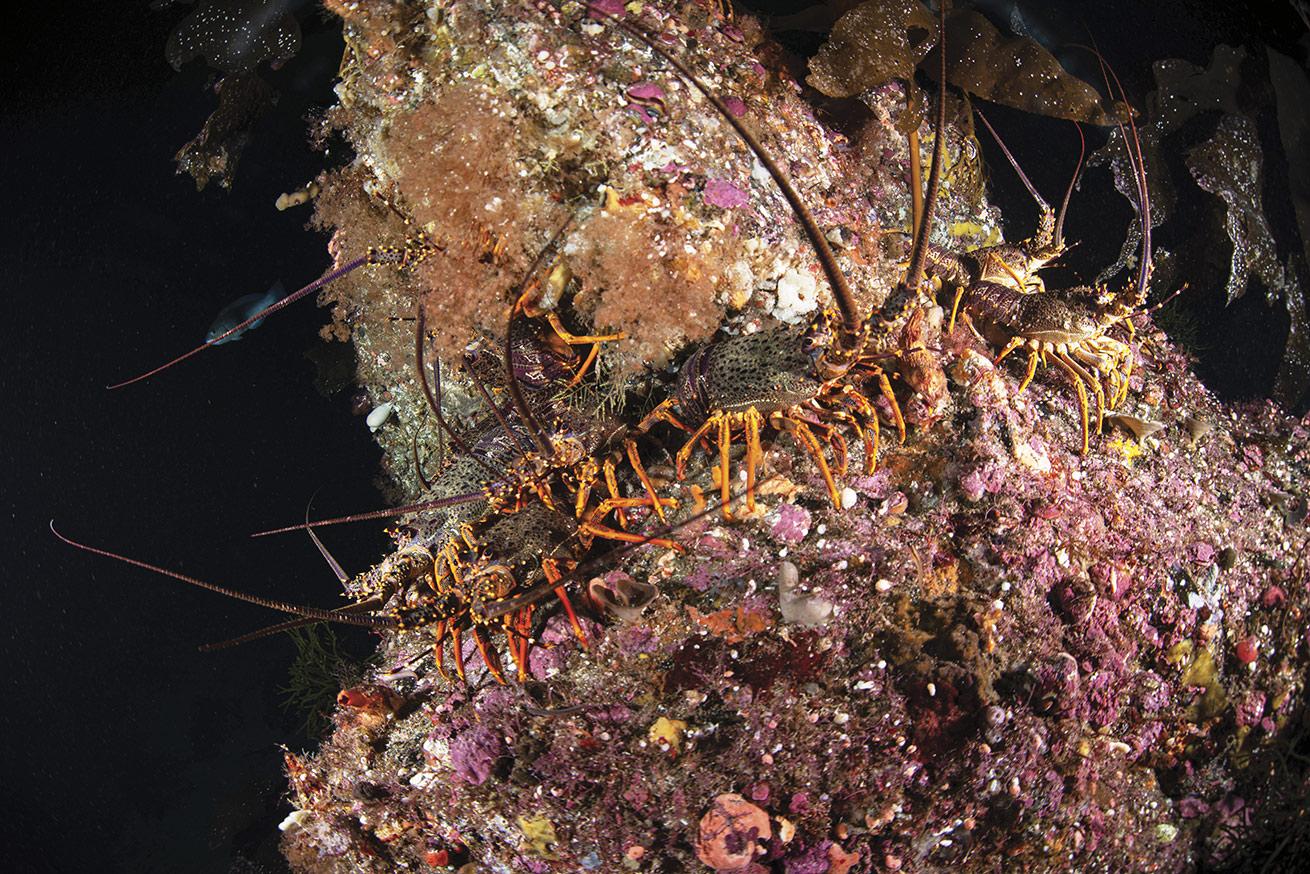
Courtesy Katherine MitchellFiordland is home to unique marine life and critters such as these southern rock lobsters
"I’m always amazed by how if you walk through the bush in Fiordland, every inch of space has something living on it, and if you go underwater, the exact same thing is happening.”
Katherine Mitchell co-operates Fiordland Charters with her husband, Paul. Their family lives in Te Anau, New Zealand, on the South Island. For our first international installment of Hidden Gems (formerly Local Gems), we are highlighting a remote location that is special to the Mitchells and other divers in the region: Fiordland National Park, on the wet west coast of the South Island.
Charter guests set sail on M/V Pembroke from either Dusky Sound or Break-sea Sound after reaching this remote corner of Fiordland by helicopter. Along with everything you’d need for a multiday voyage, the vessel is stocked with supplementary equipment like air, tanks and weights. Guests bring the rest of their own dive equipment and need to be properly certified as they are on their own to explore—there are no set itineraries, and dive guides aren’t provided, so each charter is truly a “choose your own adventure.”
Related Reading: Diving Dusky and Breaksea Sounds
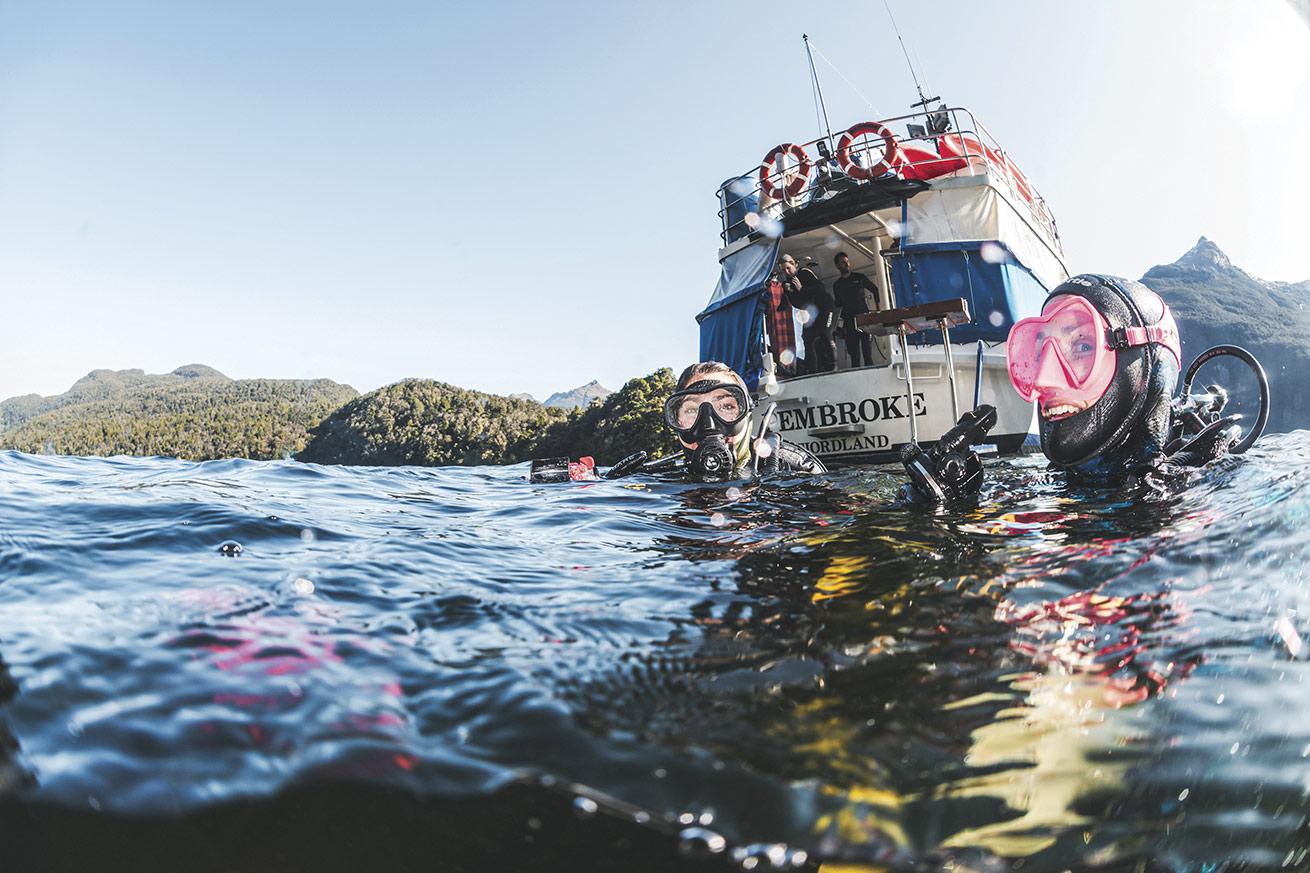
Courtesy Katherine MitchellDivers surface after a dive.
“I think the best, most amazing dive I’ve had has been a night dive,” Mitchell shares. “Just seeing how alive everything is—how active everything is—at night in comparison to day. I’d always been really annoyed that I’d never seen feather stars on my dives. Then, when I went down at night, I was like, ‘Oh, they’re everywhere!’ They’re just tucked up in groups during the day—totally different.”
There are 14 fjords in the country, and in Fiordland, significant annual rainfall turns the waterways brackish with fresh water flowing in. Due to differences in density, this fresh water sits on top of salt water flowing in from the Tasman Sea, and different animals adapt to the varying conditions and nutrients found in each layer of water throughout the area.
“The most amazing dive I’ve had has been a night dive. Just seeing how alive everything is—how active everything is—at night in comparison to day.”
“There's the Fiordland effect, which is that freshwater layer that means all these amazing things like black corals and cup corals are growing at really easily divable depths, which is so cool,” says Mitchell. Her favorite site is the Break-sea wall, a “vertical reef” extending out of the water and about 650 feet underneath. “You have to keep your wits about you given the depth,” Mitchell warns, as it can be easy to venture deeper than you intend. “I have been to 20 meters (66 feet). Absolutely covered in encrusting animals—think black corals, cup corals, brachiopods, sponges, schools of hundreds of butterfly perch and the occasional splendid perch. One of the best bits is surfacing underneath trickles of waterfalls if it has been raining.”
Andrea Faris, who has been diving for 18 years, is the marine biosecurity and dive safety officer for Environment Southland. She has many memories of encountering wildlife while diving in Milford Sound, north of Te Anau, and has developed a special relationship with Breaksea Sound over the years while participating in an undaria-removal project to rid the area of an invasive species of brown kelp.
Related Reading: Indulging in Diving on Denis Private Island, Seychelles
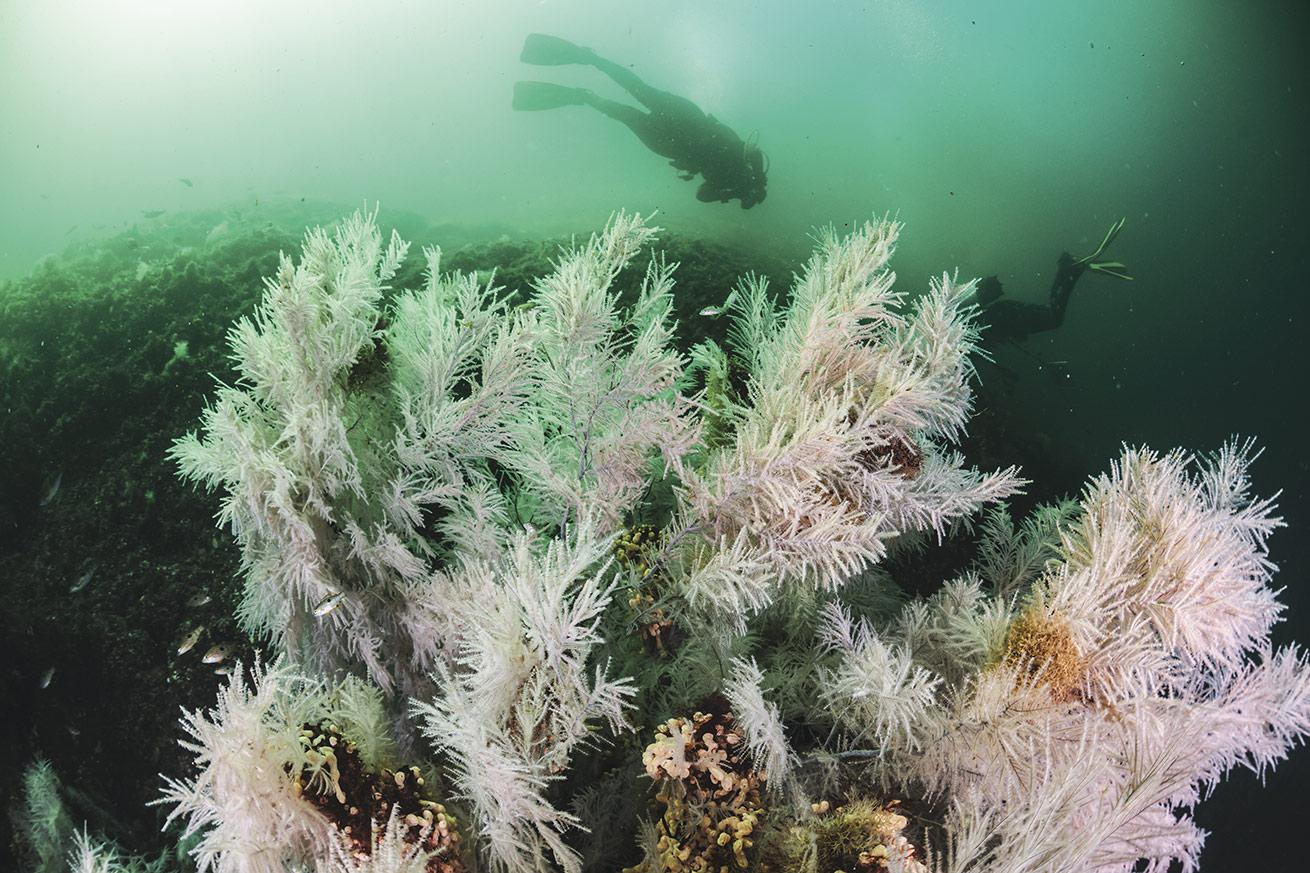
Courtesy Katherine MitchellThe region’s famed black corals
“Fiordland has steep walls, deep bottoms, variable water movements and can be very weather dependent,” Faris says. “The inner fjords offer some amazing sites and are more suited for lower-experience divers, but only if under the watchful eye of a guide. Complacency is real, and the fjords are too remote (requiring a helicopter to get out to medical assistance or a chamber) to take a chance with them! I am lucky enough to be in a dive community that loves the area and is concerned with conservation and sustainability.
“With how remote the area is, the dive operators, charter vessels and fishing vessels are all willing to help and support if needed. Everyone kind of looks out for one another. However, that doesn’t mean they are going to tell you all their good spots!”
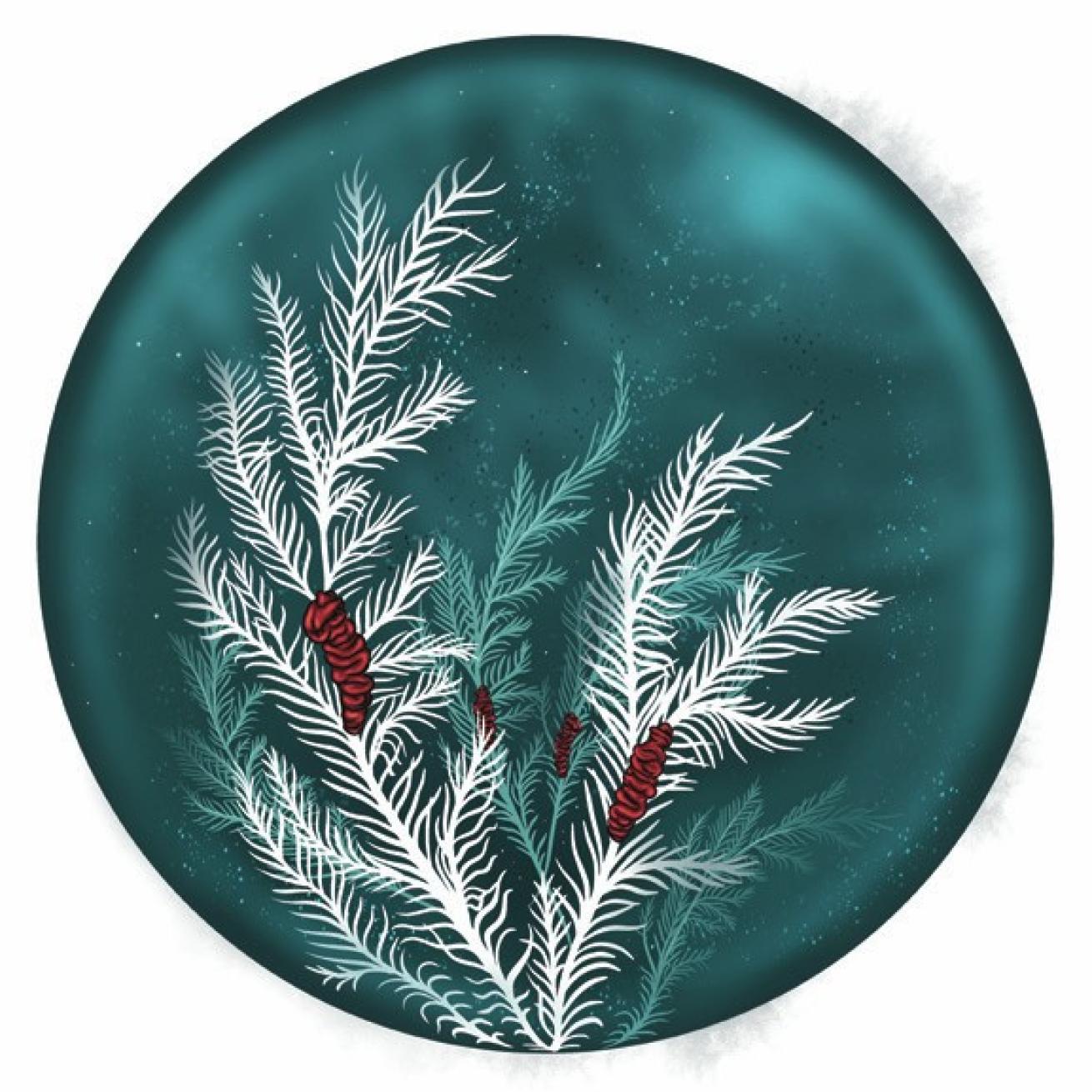
Illustration by Cassidy Vincent
Site Spotlight: Black Coral
Black corals (Antipathella fiordensis) are striking inhabitants of the deep and steep underwater walls of Fiordland. They are named for their black skeletons, but the living tissue consists of bushy tentacles at the opposite end of the color spectrum—stark white.
Although they typically live much deeper, in Fiordland black corals can be found growing from walls at recreational diving depths as shallow as 20 feet due to the “Fiordland effect” of rainwater mixing with salt water.
In Fiordland, black corals are often spotted with brittle sea stars snaked around their branches. They feed on tiny polyps, but scientists believe their presence also helps keep the corals free of sediment, which might otherwise smother them.
Need to Know
When to Visit
Charters operate from September to June.
How to Get There
Head west on a 30-minute helicopter flight from Te Anau to the west coast of New Zealand’s South Island.
Certification
Learn more about protecting fragile ecosystems through PADI’s Coral Reef Conservation course.
Local Resources
Fiordland Charters fiordlandcharters.co.nz
Environment Southland es.govt.nz

